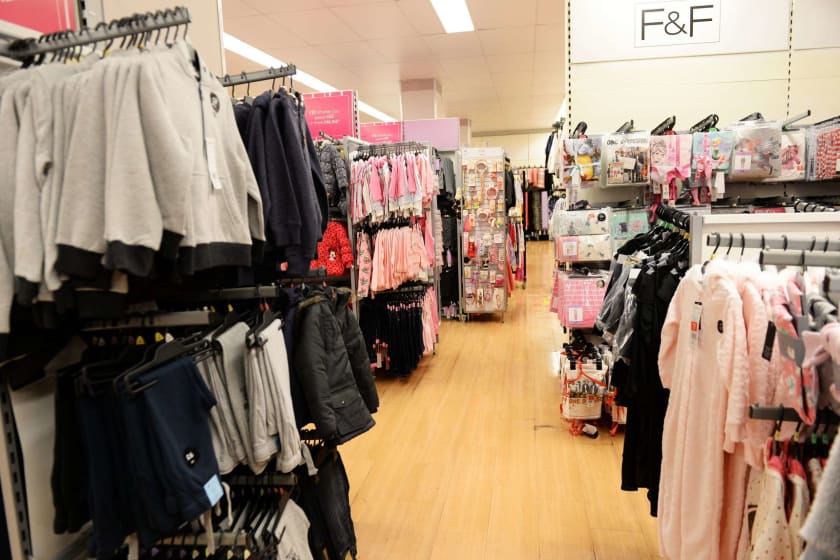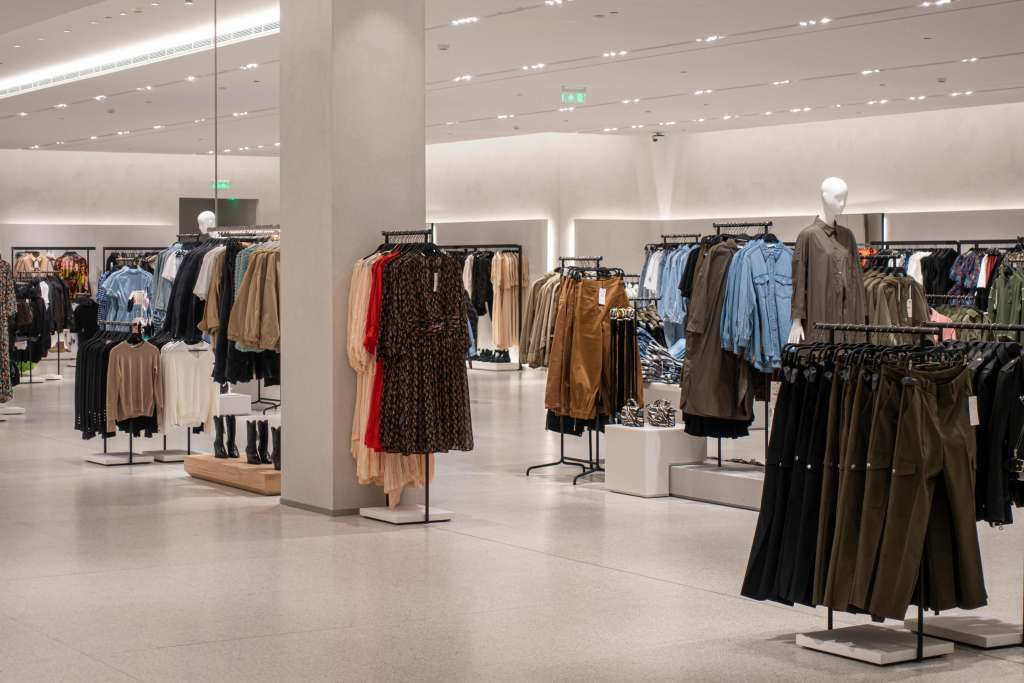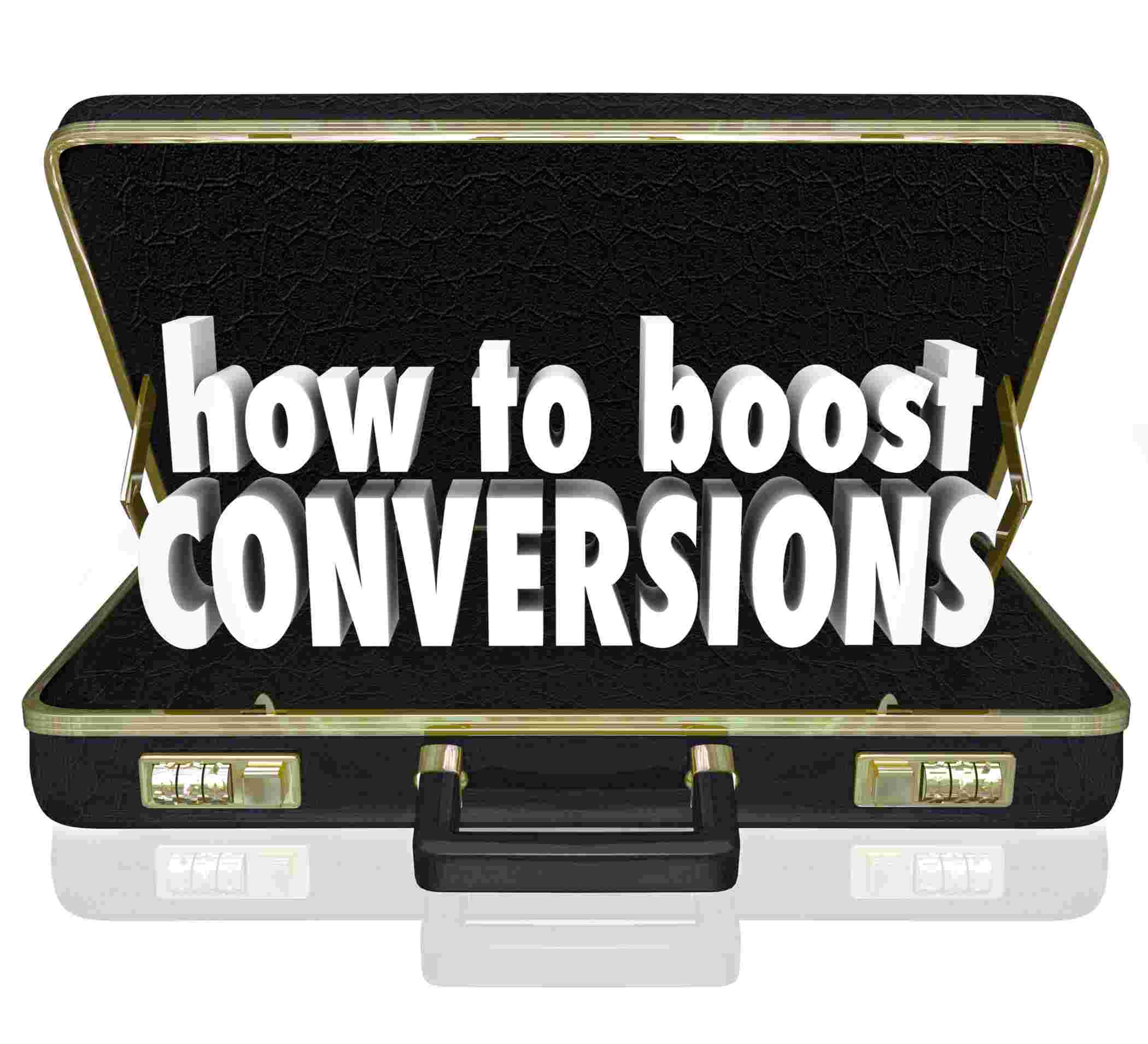How to use retail merchandizing to succeed as a small retailer?



Retail merchandising has the power to raise revenue, earnings, and customer traffic significantly. Simply placing the correct item in the ideal place and creating attractive displays will encourage customers to buy your goods. Small merchants looking for more effective business techniques will find retail merchandising helpful.
The success of small retailers is discussed in this article about commercial retailing. However, before we hop on to some tremendous actionable retail merchandizing strategies, let's look at what retail merchandizing means.
What is Retail Merchandizing?
Retail merchandising is about engaging in-store products and encouraging customers to buy more. The retailer focuses on creating an experience through product organization, visual displays, music, and employee interaction with customers. Presenting an attractive atmosphere that encourages impulse buying while simultaneously driving traffic into the store is a need of the hour.
Listed below are some ways you can use retail merchandising to boost sales:
1. Using retail merchandizing to create an effective plan
All retail stores have a standard layout to follow, and the items you decide to display will influence how customers view your products. Retail merchandising intends to have everything look neat and aligned, so it’s easy for customers to find what they’re looking for.
2. Know what you have and don’t have
The secret to successful retail merchandising is understanding what you must use and what you should ignore. Budget, product portfolio, client profiles, and space constraints must all be considered. Prioritization helps to create a detailed plan for merchandising your store in the best possible way and making the most of products, price, and display opportunities.
3. Using category management concepts and tools to enhance sales
Stocking, pricing, and promotional displays can be managed with the help of category management concepts and technologies. Use your store's aisles or shelves, for instance, to display merchandise appropriate for particular seasons. Cross-merchandising products in an aisle make it easier for customers to notice and find the products.
4. Using retail merchandising to display your products in the best way
If you are a small retailer who creates multifunctional products, you may use retail merchandising to showcase your products and draw attention to their varied uses. This will attract more clients because they will consider them greater value for money. In addition, retail merchandising will be advantageous for establishments with limited space. Combining them helps the merchant create a unified display of many items from a single brand.
5. Having a perfect assortment plan to procure more customers

Customers don't always enter the store with a specific item in mind. For small stores, having a wide choice of products is essential. Customers frequently make decisions based on what they first see, so make sure you place things on every shelf at eye level. If you have multiple brands, think about building a partition so clients can quickly discover what they're looking for. Make sure you thoughtfully group your products so a consumer can navigate your store without becoming lost or perplexed.
6. Using retail merchandising in a store layout
Retail merchandising is a powerful technique to boost sales and gain customer loyalty. It can be a difficult feat for some small retailers, but with an effective plan, it can be beneficial. To have an efficient retail merchandising plan for your store, ask yourself the following questions:
· Who are my customers?
· What is my store’s theme or overall brand identity?
· How much inventory do I have to work with?
· Where will the merchandise go in the store layout?
Once you have answers to these questions, deciding how your products will be displayed becomes easier.
7. Using an effective Signage technique
Retailers should focus on exhibiting their products and giving customers a positive shopping experience. Using the appropriate signage approach and adding a narrative is one way to achieve this. Customers will feel more connected to your products if you tell a story related to your display's theme. Additionally, it will help your customers think more clearly about what they want.
8. Optimize the retail floor plan
The retail floor plan is another critical element in creating an environment where customers are highly engaged and motivated to buy. From choosing the right color combination and determining the shelves' layout to arranging product categories, there are many decisions to make when designing a retail space. To create a captivating shopping experience, you must consider what you want your customer to feel and what will be best for increasing your sales.
For example, placing furniture on the edge of the store might make it feel more welcoming but could interfere with merchandise displays or pathways for customers. On the other hand, having white or light-colored walls in your store will accentuate the colors and designs of your products, making them look more attractive.
9. Keep it clean and organized
Ensuring that your customers return upon their shopping experience in your store. While lights, wall colors and music play a role, a clean and organized store is imperative for a convenient shopping time. The retailers should ensure that their inventory is smartly managed so there's not too much or too less of any product. The number of pieces in the display shouldn't be arranged chaotically. One should have motivated and well-trained professional employees who are always ready to cater to the customers.
10. Stay consistent for effective retail merchandising
Retail merchandising is pivotal in managing in-store operations and customer experience. As a small retailer, stay consistent with your products and brands to get maximum exposure. Your primary purpose should be to facilitate the customer in finding the product they want. Remember, consistency is the key to keeping your retail store a hit among the customers.
The following points will help you in maintaining consistency:
· Ensure that the price labels are the same.
· Familiar discount or promotional pricing signage should be displayed.
· Each POS terminal should be set up in the same way.
· Return policies should be applied consistently.
· Branding and color schemes should be similar.
11. Add branding to your store in the nearby area

A strong retail strategy is necessary for your store. You can achieve this by having goods and decor with your store's branding that make it stand out in the neighborhood where your business is located. Be mindful of minor details, such as keeping benches outside your store clean to avoid giving the impression that the area is run-down. Someone won't stop gazing at your store if they see a bar full of trash.
Conclusion
No matter what industry you’re in, retail merchandizing can be a powerful tool. Some might think that prominent companies always have the advantage, but it’s not always the case. The key is to find ways to make your store stand out from the rest. Creativity, curiosity, cleanliness, courtesy, and compactness are some crucial buzzwords of retail merchandizing. They will help your brand stand out with an extensive list of returning and new customers.
There is a remedy for every problem in today's technologically advanced world. Your company will expand dramatically if you put the correct retail merchandising techniques into practice. Partner with Fashinza, a technology-driven platform, to solve your manufacturing, design, and delivery-related queries.



















